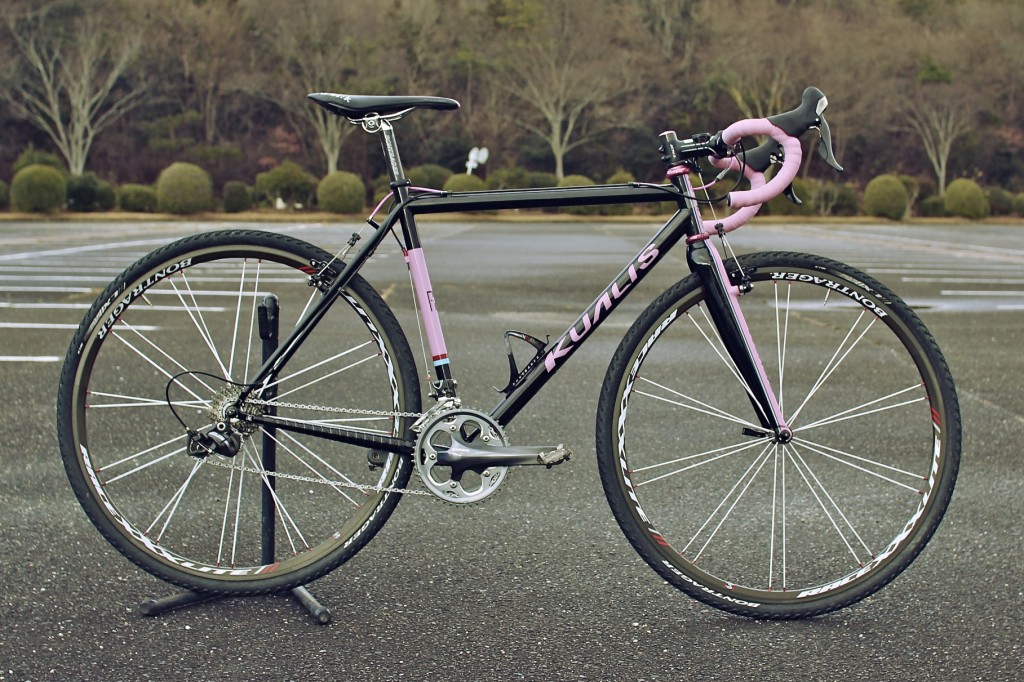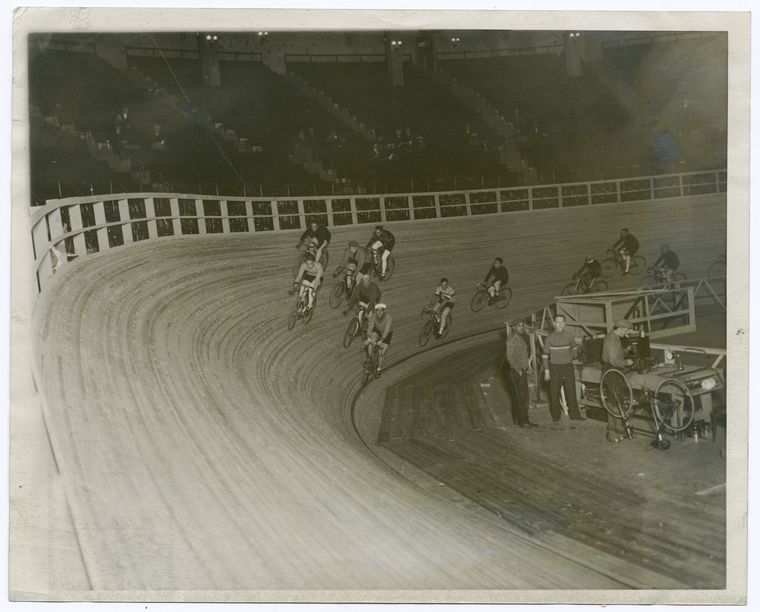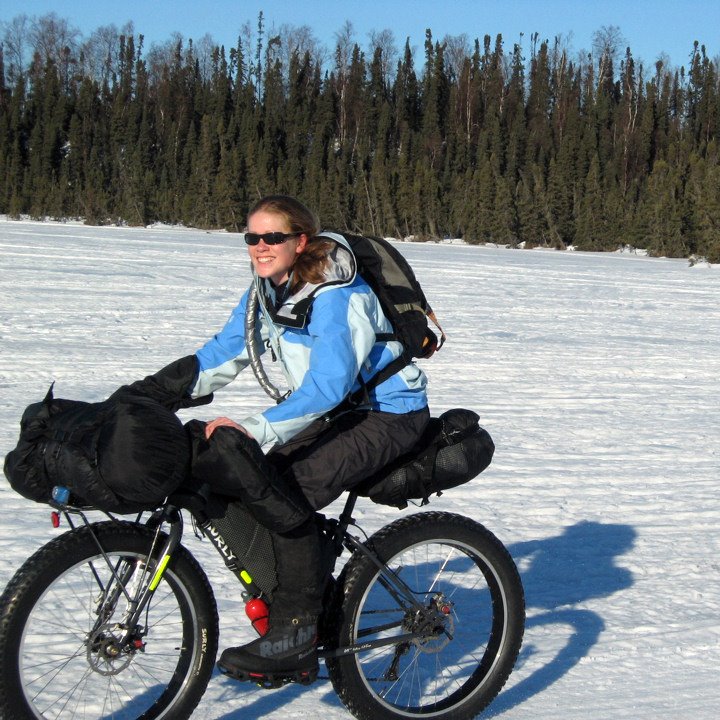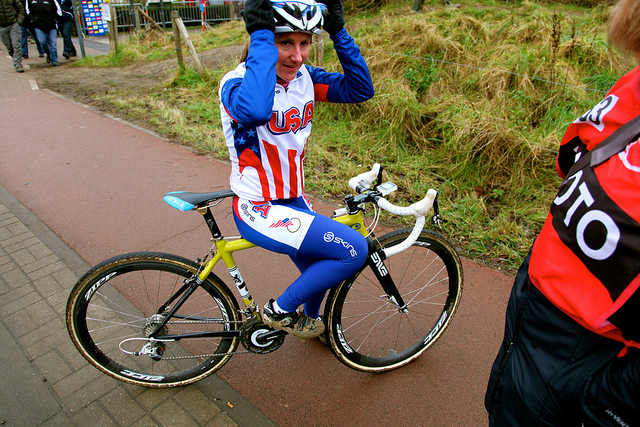My First Bike explores the life and work of professional frame builders by going back to the start and looking at the first bike they ever built. Today’s My First Bike features Yoshi Nishikawa, a production welder for Seven Cycles who recently launched his own company, Kualis Cycles.
Give me the short rundown of your first frame: when was it built, where, materials, any special details about it, etc.
These two frames were almost built at the same time. One of them is for a C1 racer on the Rapha Japan team. The other one is also for a C1 racer.
I had an order from the customer directly through my blog and website. The customer wanted a bike which made him win in a cross race.
When I design a bike, when I decide what tubes to use for the customer, after checking the customer’s information, I always imagine a frame in my head before it is built. Maybe this way is from my past experience as an architect. I make a little story between the customer and a bike.
I follow all the processes from touching a tube, to adjusting the alignment by feel after welding. I imagine clearly about the tubing character and the stiffness, softness …
This bike was also built through the process for only this customer. Â I design and build each bike with each character. Every bike is different even though I use the same tubing.





